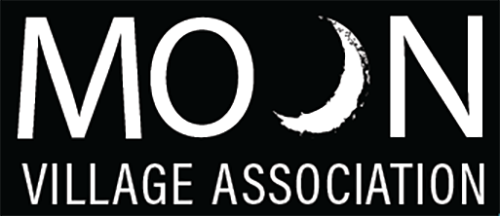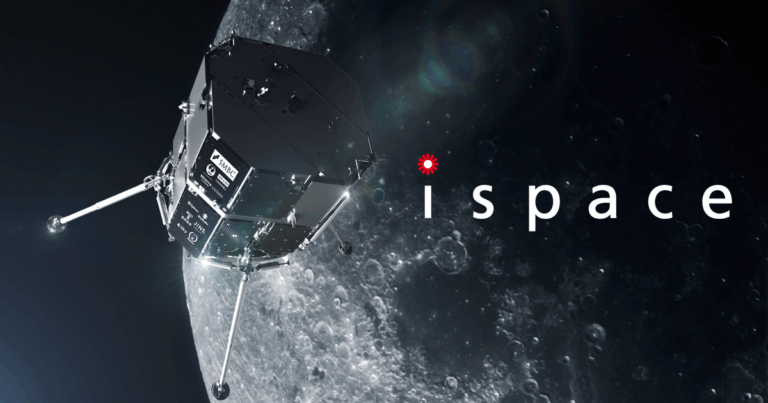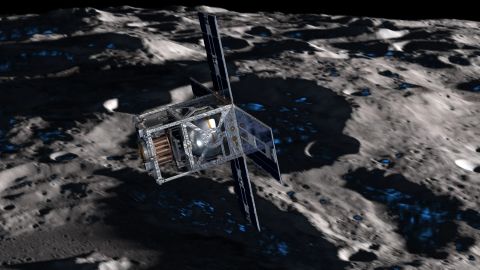
NASA funds thermal control solutions for harsh lunar environments

TAMPA, Fla. — Advanced Cooling Technologies (ACT) has won NASA funding for thermal control solutions that enable vehicles and other equipment to survive harsh lunar environments without an active power source.
The Lancaster, Pennsylvania-based thermal solutions provider said it will use the $5 million NASA Sequential Phase II SBIR Program Award to develop a “toolbox” of heat transport, radiators and other systems for moon-bound landers, rovers and habitats.
The solutions aim to specifically address the needs of small, low-power vehicles that face significant thermal challenges because of the slow rotation of the lunar surface relative to the sun.
“You have 14 [Earth] days of daytime where it gets quite hot, over a hundred degrees [Celsius], and then 14 days of night where it gets very cold, down below minus 150 centigrade or so,” ACT chief engineer Bill Anderson said.
“So you need to have something that can survive multiples of these cycles.”
According to Anderson, just one watt of electricity to run a thermal control system, “or anything else during the whole 14-day-long night,” has been estimated to need more than five kilograms of batteries and extra solar cells.
He said the funding from NASA enables ACT to develop more cost-effective devices that passively control heat without using electric power, rejecting waste heat during the day through high thermal conductance and minimizing losses at night with high thermal resistance.
ACT is subcontracting Astrobotic, a commercial developer of lunar landers and rovers based in Pittsburgh to help validate the thermal management technology.
Astrobotic plans to use the solutions for its Griffin lunar lander, which aims to deliver NASA’s Volatiles Investigating Polar Exploration Rover (VIPER) mission near the lunar south pole in late 2023, following a launch on a SpaceX Heavy rocket. The mission is part of NASA’s Commercial Lunar Payload Services (CLPS) program.




You must be logged in to post a comment.